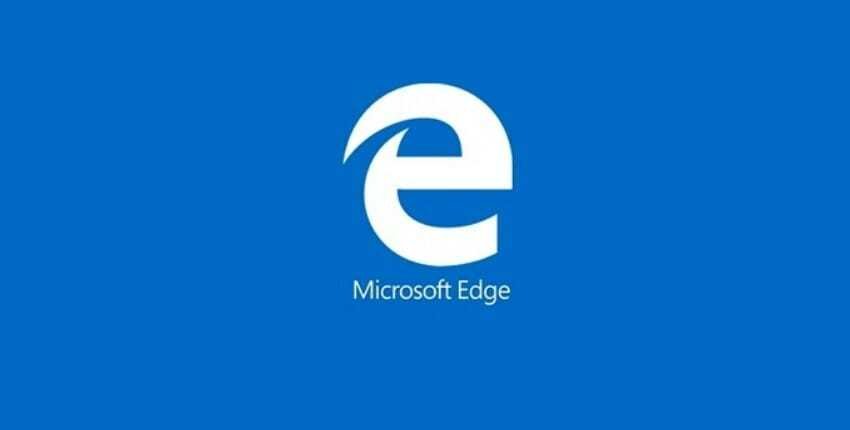It is well known that Microsoft, with an unprecedented policy, is trying to promote Windows 10 and any other Windows 10 product in general. One of them is Microsoft Edge.

The company doesn't seem to care that Edge still crashes on some devices when users try to manage their favorites, nor that there are much more worthy programs tours.
You just want to try Edge.
Windows 10 usually shows you one warning 'Try Edge' at an unsuspecting time and place. Usually the notification is accompanied by a reason stating that Edge is better than "other" browsers.
If you don't want to see it message, you can disable notifications with “Try Edge” quite easily.
Open the “Settings” app. In the "System Settings" group select the "Notifications" tab and disable "Get tips, tricks, and suggestions as you use Windows."
Because the “Settings” app is constantly changing with the replanningIf you can't find the notifications tab, use the Settings app home screen search and search for Notifications & actions.
The above operation will turn off the "Try Edge" notifications you see in the Windows 10 UI. However, it will not turn off the notifications you see in other applications. For example, if you visit a Microsoft domain from Chrome, you will see a notification at the top of the browser suggesting that you try Edge.
The alert exists because the site knows which browser you are using and since it belongs to Microsoft, the company is forwarding this message to users who do not use the Edge.
As it seems Microsoft is clearly trying to recover the lost ground in browser it developed.





